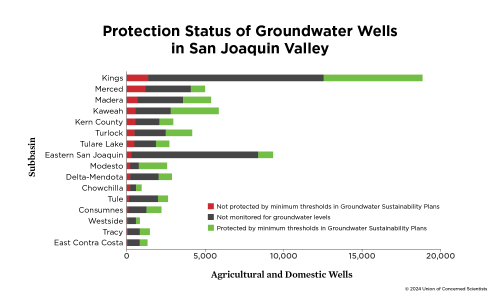Sea level is rising—and at an accelerating rate—especially along the US East Coast and Gulf of Mexico.

Why are the East Coast and Gulf of Mexico hotspots of sea level rise?
- Global average sea level has increased 8 inches since 1880. Several locations along the East Coast and Gulf of Mexico have experienced more than 8 inches of local sea level rise in only the past 50 years.
- The rate of local sea level rise is affected by global, regional, and local factors.
- Along the East Coast and Gulf of Mexico, changes in the path and strength of ocean currents are contributing to faster-than-average sea level rise.
- In parts of the East Coast and Gulf regions, land is subsiding, which allows the ocean to penetrate farther inland.
How quickly is land ice melting?
- Shrinking land ice — glaciers, ice caps, and ice sheets — contributed about half of the total global sea level rise between 1972 and 2008, but its contribution has been increasing since the early 1990s as the pace of ice loss has accelerated.
- Recent studies suggest that land ice loss added nearly half an inch to global sea level from 2003 to 2007, contributing 75 to 80 percent of the total increase during that period.
Why is there such a large range in sea level rise projections?
- The long-term rate of global sea level rise will depend on the amount of future heat-trapping emissions and on how quickly land ice responds to rising temperatures.
- Scientists have developed a range of scenarios for future sea level rise based on estimates of growth in heat-trapping emissions and the potential responses of oceans and ice. The estimates used for these two variables result in the wide range of potential sea level rise scenarios.
How high and how quickly will sea level rise in the future?
- Our past emissions of heat-trapping gases will largely dictate sea level rise through 2050, but our present and future emissions will have great bearing on sea level rise from 2050 to 2100 and beyond.
- Even if global warming emissions were to drop to zero by 2016, sea level will continue to rise in the coming decades as oceans and land ice adjust to the changes we have already made to the atmosphere.
- The greatest effect on long-term sea level rise will be the rate and magnitude of the loss of ice sheets, primarily in Greenland and West Antarctica, as they respond to rising temperatures caused by heat-trapping emissions in the atmosphere.
Methodology
The Sea Level Rise and Global Warming infographic is based on careful evaluations of published scientific observations and projections of sea level rise, as well as material in the UCS short report, Causes of Sea Level Rise: What the Science Tells Us.
Learn more about the methodology and assumptions behind the infographic.
Rights and permissions
You are free to use and post this infographic without alterations online, in written materials, and in presentations. We request that any online use includes proper citation and a link to this web page.



